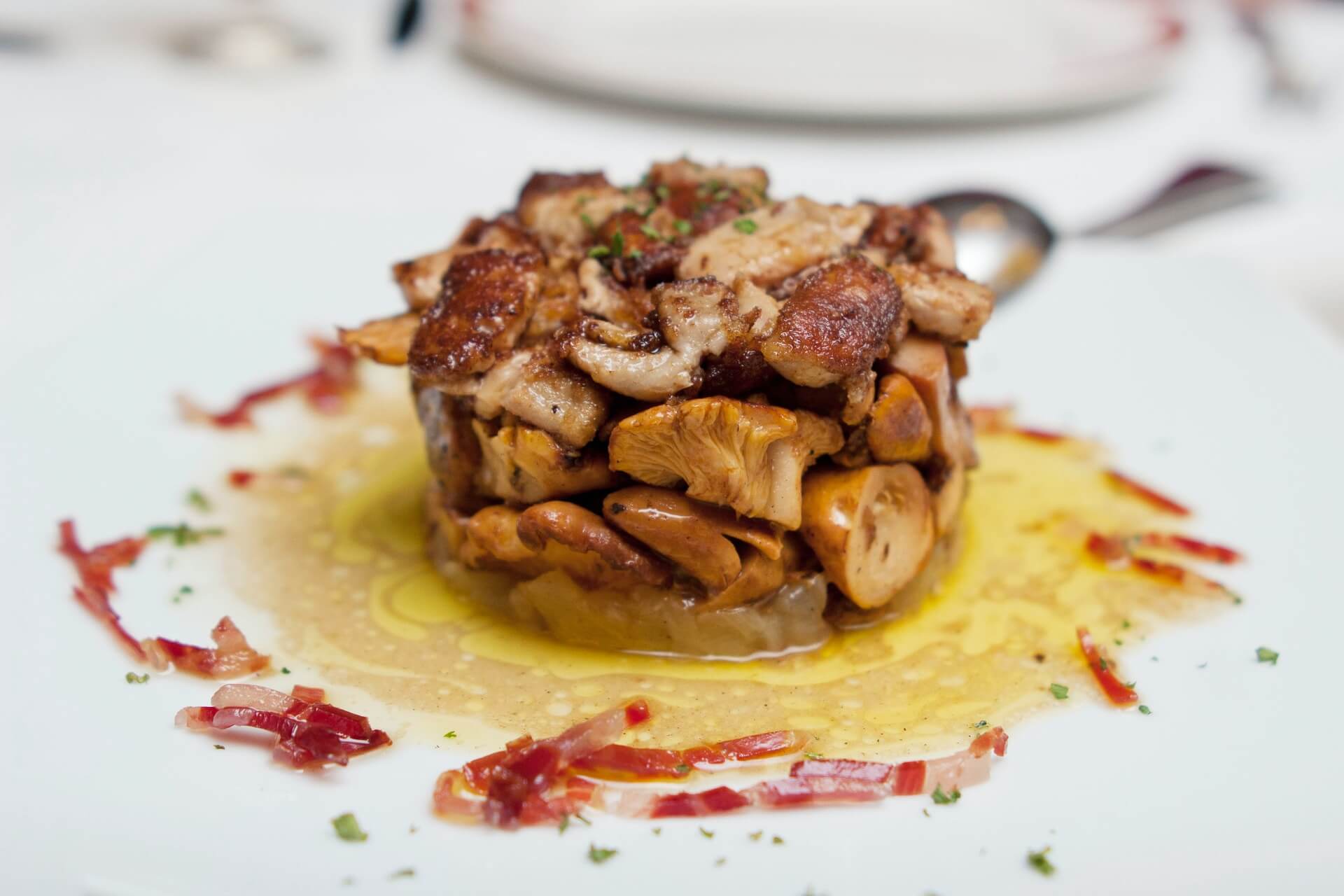Boutique Brand StandardX to Debut in February
by David Klemt

Like The Standard’s logo, this letter X is upside-down.
Boutique hotel standard The Standard will debut its new brand, StandardX, in Melbourne when its first property opens in February of this year.
Not only will this new hotel be the first StandardX location to open, it’s also the first Standard hotel to open in Australia.
This new boutique hotel brand follows a growing and notable trend within the space. Many hotel groups are focusing on launching brands and imprints that focus on locality.
These brands aim to honor local cultures, striving to serve locals and their communities along with tourists. In fact, some of these brands appear more interested in locals than visitors.
Beyond staycations, these hotels work to gain buy-in from locals in several ways. One of the most obvious is through F&B programs. These new(er) brands seek to menu food and drink items that are authentic to their locations. Likewise, nightlife experiences.
However, it goes deeper than that. Many of these hotels welcome locals to use communal spaces for meetings, art installations, and more. The goal is to establish themselves as a pillars in the communities in which they operate. If done right—deeper than a thin veneer of local support—these hotels prove their locale loyalty.
All that said, only time will tell if StandardX Melbourne will find support in the brand’s chosen Melbourne neighborhood, Fitzroy. On paper, however, it should be a perfect match.
Two Decades of Cool, and Counting
The first Standard opened on the Sunset Strip in Los Angeles in 1999. It takes a lot of work be effortlessly cool, and the Standard Hollywood achieved that standard upon opening.
Artists, celebrities, people who wanted to see and be seen… All could be found at the Standard Hollywood. The hotel’s Rooftop bar and pool became one of LA’s hottest hotspots, a seemingly endless party featuring a seemingly endless parade of the cool and connected.
Starting life in 1967 as the Thunderbird Motel, the Standard Hollywood appears in Sex and the City, Entourage, Mortdecai, and Ocean’s Twelve. One of the property’s most notable details, one that undoubtedly generated coverage, whispers, and social media attention, was “The Box.”
This was a living art installation behind reception. Fifteen feet long, it was a box in which models lounged as guests checked in and navigated the lobby.
After a successful and impactful run of over a decade, the Standard Hollywood closed its doors at the start of 2022. While that meant the brand left California completely, the Standard operates seven properties across the globe, with plans for more standard Standards to come.
The StandardX hotels will take a minimalist approach while maximizing the Standard’s view on hospitality.
“This was an opportunity to return to raw, unbridled simplicity that was accessible to the next generation traveler looking to experience a city through the lens of The Standard brand,” said Standard International’s CEO, Amber Asher, in an interview with Travel + Leisure.
Considering how the Standard brand is associated with all things cool, it’s no surprise that their first foray into Australia is one of the coolest neighborhoods in the world.
Position, Position, Position
Yes, I know the maxim is, “Location, location, location.” Well, I’m being clever. See? See how clever I am? Am I cool yet?
Clearly, the Standard has put in the work to be positioned as one of the coolest brands in the hospitality, accommodation, travel, and leisure spaces.
So, it makes sense that they’ve done their homework and designed a brand and selected a location in keeping with that position.
We can argue whether or not being deemed “cool” makes or breaks your status as cool some other time. The fact is, Fitzroy is considered more than just one of the coolest neighborhoods in Victoria. It’s held up as more than just one of the coolest neighborhoods in Australia. Fitzroy is one of the coolest neighborhoods in the world.
The neighborhood is celebrated for its eclectic nature, local pubs, fantastic indie restaurants and boutiques, and killer nightlife. So, again, the StandardX making its debut there is fitting.
Characterized by 125 minimalist rooms, “cultural programming,” and compelling F&B, the StandardX Melbourne is clearly on a mission to establish itself as the coolest of the cool hotels in Australia.
Two F&B venues, BANG and the Roof, will serve up Thai-inspired dishes and “authentic Mexican,” with the latter accessible only to guests. That exclusivity and of itself will likely make the Roof a sought-after nightlife destination in short order.
Oh, and The Box is back. In a nod to a design feature and installation that separated the Standard from the rest, The Box is the property’s retail venue.
After Melbourne, StandardX is aiming to position itself in Bangkok, with Brooklyn and Austin to follow. Look at where the brand is headed and one thing is clear: their chasing the coolest scenes.
Image: Jen Theodore on Unsplash




















